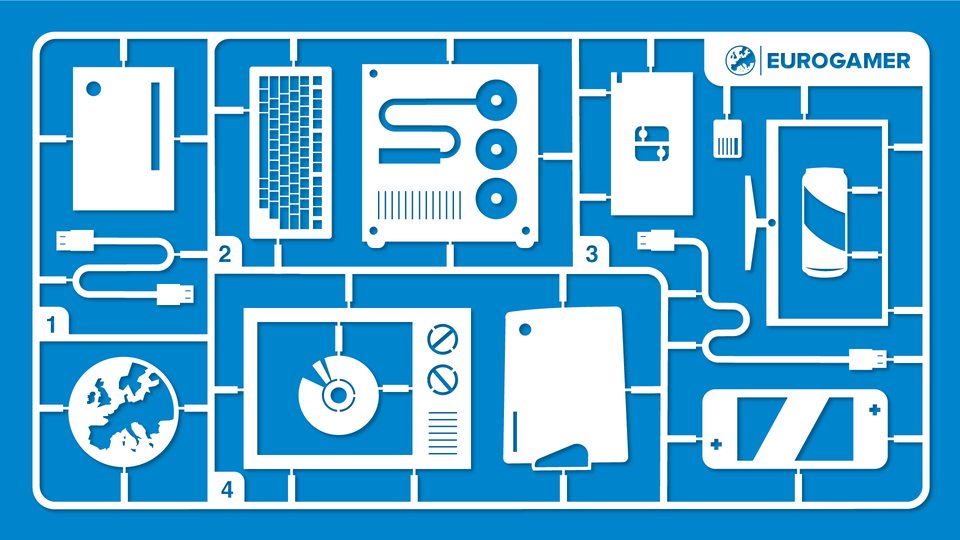


Gaming news, reviews, features and videos, and the best long-form journalism.
201 pessoas curtiram isso
0 Publicações
0 fotos
0 Vídeos



